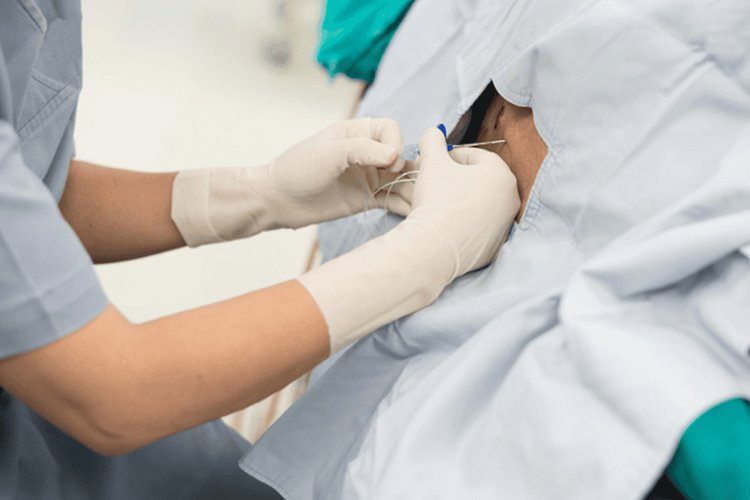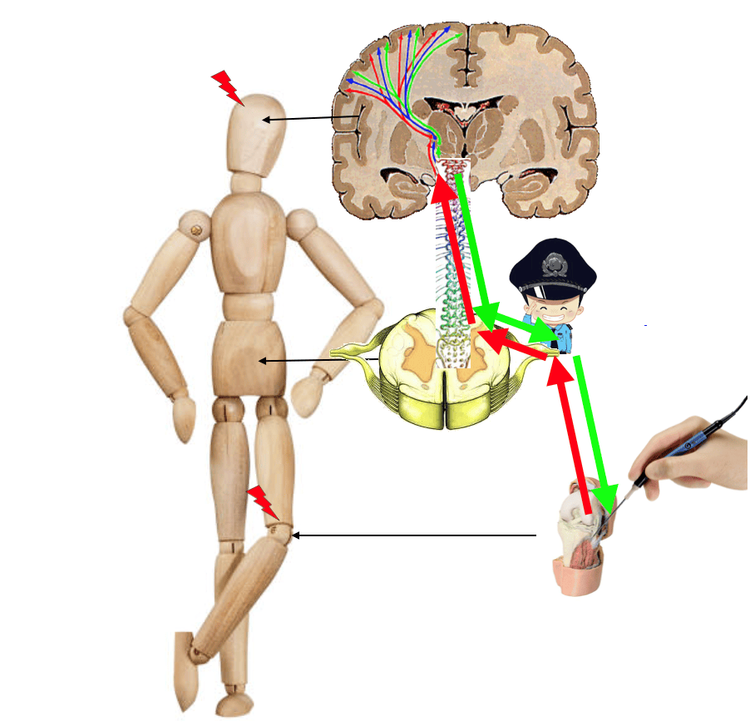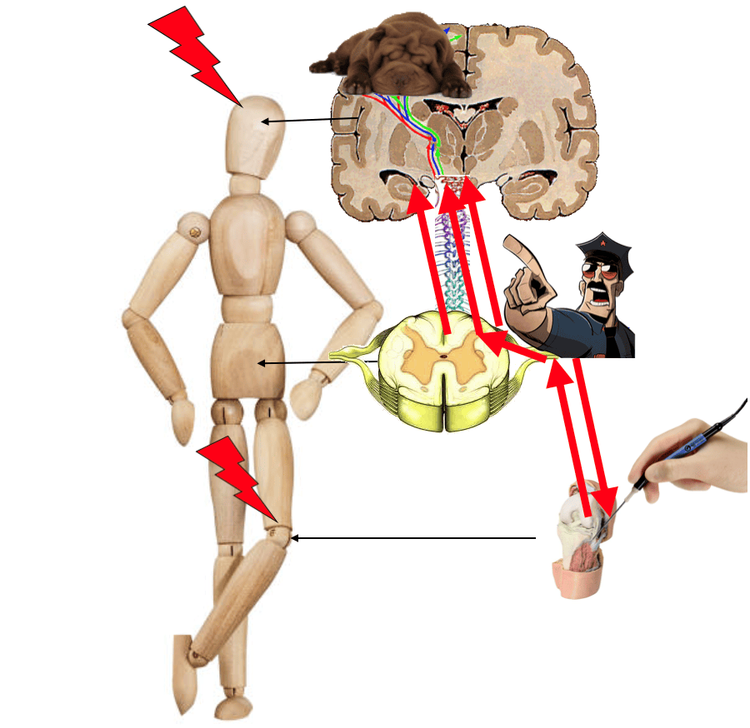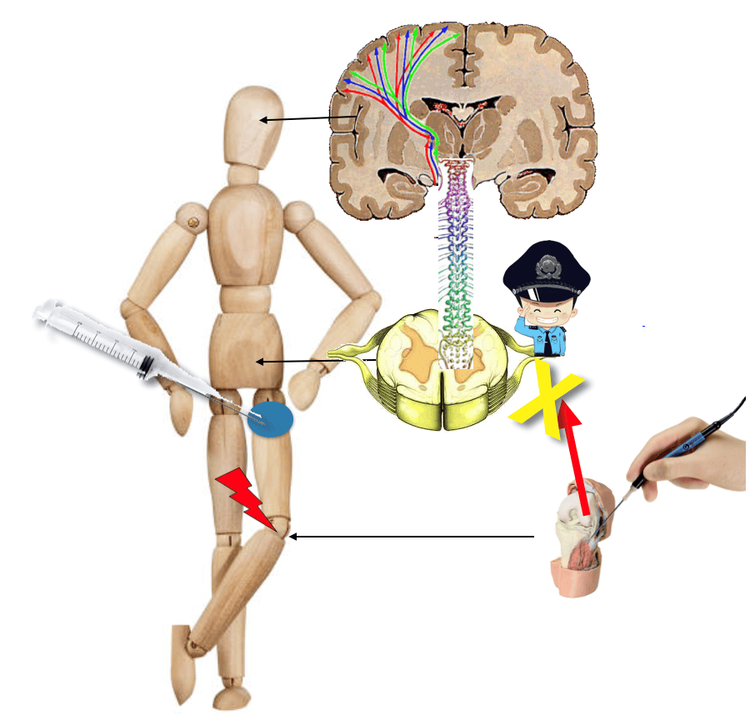This is an automatically translated article.
The article is made by Professor, Doctor, Doctor Philippe Macaire - Head of Anesthesiology Department - Anesthesia Department - Vinmec Times City International Hospital.In a surgery, in addition to the issues: who is the direct surgeon, what is the surgical method, the technique of anesthesia - pain relief for the patient is also a matter of concern. Because the process of anesthesia - analgesia greatly determines whether the patient will have pain after surgery, recovery or not?
Because for doctors who perform anesthesia to relieve pain, painless surgery is the most basic "right" of all patients.
Anesthesia is one of the medical care services, which plays a decisive role in allowing the patient to go through his or her surgery comfortably, smoothly and painlessly. Anesthesia and analgesia take place during the surgery, with the coordination of 3 specialties: Anesthesia, Resuscitation and Anesthesia.
There are 3 main types of anesthesia including: General anesthesia, regional anesthesia and local anesthesia. Each type will have many different implementations and indications. Regional anesthesia is now widely used worldwide because of its safety and effectiveness in pain relief for surgical patients.
This article will explain more about regional anesthesia and explain why regional anesthesia is widely used.
1. What is regional anesthesia?
“Regional anesthesia” - Regional anesthesia is targeted anesthesia. The anesthesiologist will inject anesthetic around the nerves or spinal cord. While general anesthesia makes the patient completely unaware of the surgery, with regional anesthesia, the patient will still be aware of the activities around them.
Depending on the type of anesthetic, the effective time of an anesthetic dose can last from 6-8 hours or 1 day. For surgeries with higher pain levels, the anesthesiologist will keep a very small pain medication infusion tube called a catheter for 2-3 days to ensure that the nerve is always supplied with enough medicine. numb.
Major regional anesthetic techniques include:
Nerve Anesthesia Neurosurgery means that anesthetic is injected into a nerve or group of nerves that supply the part that can be operated on. Neurosurgery is commonly used with surgery on the hands, hands, feet, legs, and face.
Epidural and spinal anesthesia Anesthesia will be injected near the spinal cord and surrounding nerves, preventing an area of the body that is involved in surgery such as the abdomen, hips, and legs. pain sensation. This technique is commonly used in obstetrics.

2. What are the benefits of regional anesthesia?
First of all, let's find out in what ways is regional anesthesia superior to general anesthesia?
To explain in a more understandable way, an example will be given with “Stranger” which is body pain; The “gatekeeper” is the spinal cord; The "host" is the patient's brain.
The story begins when the “Stranger” tries to send a message to the “Homeowner” and waits for a reply. The message is received by the "Gatekeeper", he is responsible for transmitting the information to the "Homeowner" and receiving the answer "Host" in response to the "Stranger". So what if the “Landlord” is unresponsive in case the “Landlord” is busy sleeping?
At this point, the “Gatekeeper” will have to attract attention, knock louder, urge more to get an answer. The “landlord” eventually became extremely angry that he was being disturbed. The “stranger” ended up not getting the responses he needed.
The story above is the most accurate illustration of the body's response to pain under general anesthesia. The pain problem is basically left unresolved, the pain is ignored and tends to get worse. General anesthesia puts the brain to sleep so that the patient does not know they are in pain.
What about regional anesthesia? Anesthetizing the area affects the pain from the very first stage of the pain, instead of leaving the "message" in the hands of the "Homeowner", the "firefighter" anesthetizes the area to extinguish the bad message. this immediately. Thanks to that, the "Gatekeeper" always kept calm because he was not stimulated, nor was he under pressure from the "Owner" not responding to him. Regional anesthesia blocks pain signals before they reach the spinal cord and to the brain.
How does the patient benefit when the doctor numbs the area during surgery?
General anesthesia using morphine/opioid or substances such as Opioids puts our brains into a “sleep” state. The use of regional anesthesia will help reduce most of the drug we have to take, thereby helping to reduce the side effects of the drug including nausea, dizziness, constipation; reduce the need for other anesthetics or analgesics. At the same time, with regional anesthesia, doctors can also handle the situation more effectively and more suitable for each stage of surgery. The patient will be given a sufficient amount of anesthetic. Regional anesthesia provides better and faster pain relief, so the patient can begin the rehabilitation process earlier and better after surgery. For new mothers, regional anesthesia will allow the mother to care for the baby immediately after birth without being bothered by pain. The use of regional anesthesia has been shown to be one of the effective factors in preventing pain from developing into a chronic, one of the complications of surgery.




3. Regional anesthesia at Vinmec
The Department of Anesthesiology and Anesthesia at Vinmec Health System operates with the mission and vision of becoming a hospital "No pain, minimizing the use of Opioid analgesics". To realize this goal, all anesthesiologists regularly participate in continuous training courses, directly teaching are experts from developed countries in regional anesthesia around the world such as: France, Thailand, India, Australia, UK, to be able to apply conventional regional anesthesia techniques in pain treatment.
To date, Vinmec has mastered many regional anesthetic techniques and provides:
Anesthesia care and pain management 24/7 : There will always be a team of anesthesiologists, anesthesiologists and experts will be ready to cooperate with the main treating doctors in the process of anesthesia resuscitation and pain treatment for inpatients 100% of patients will have pre-anesthesia examination before surgery to ensure the necessary information. Information related to surgery such as: surgical history, possible risks and risks are screened and evaluated most fully. As a result, the anesthetic option selected by the anesthesiologist at Vinmec is the most effective and safest anesthetic option. No more "blind" anesthesia
Along with the most advanced anesthetic methods, the anesthesia departments of the hospitals in the Vinmec system are equipped with high-resolution ultrasound machines; The anesthesiologist will routinely use ultrasound guidance before performing any blockade procedure. Even with spinal anesthesia, the doctor will ultrasound the patient to know exactly where the injection site is located, this ensures the accuracy of the procedure, the effectiveness of the procedure is maximized while the amount of medicine required. use the least.
Please dial HOTLINE for more information or register for an appointment HERE. Download MyVinmec app to make appointments faster and to manage your bookings easily.
|
Một số thông tin về Gây mê Giảm đau bạn có thể quan tâm 1. Tỉ lệ thành công: Theo thống kê năm 2018, tỉ lệ chất lượng giảm đau đạt hiệu quả của chúng tôi đạt 96.1%, tức là chỉ có 3.9% chất lượng giảm đau không như mong muốn, trong đó chỉ có 1.65% phải dùng tới thuốc giảm đau. 2. Tập trung vào bồi dưỡng nghiệp vụ: năm 2019 và 2020: Vinmec đã được sự tin nhiệm của Đại học Y khoa University of Montpellier (một trong những đại học y khoa lâu đời nhất thế giới) để tổ chức Khóa học chuyên sâu “Đào tạo sau đại học về Gây tê vùng và điều trị đau” khóa 9 và khóa 10. 3. An toàn là trên hết: Năm 2018, Vinmec tự hào trở thành bệnh viện đầu tiên ở Việt Nam kí với Hiệp hội Gây mê thế giới “Tuyên bố quốc tế Helsinki – An toàn người bệnh trong gây mê ” – dựa trên msục tiêu trở thành bệnh viện an toàn nhất về Gây mê tại Đông Nam Á |














